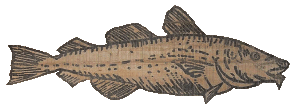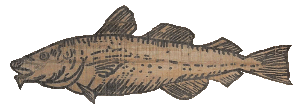Shute & Merchant


History of the Merchant Box Company
Back in the day of Shute & Merchant, and the many other firms in Gloucester at that time, the boxes their fish products were packed in served more of a purpose than just protecting the product inside.
Boxes printed by firms like the L. H. Merchant Box Company, were designed so they looked decorative, and advertised the firm's product contained inside. Many outer lids reminded the shop owner to open it carefully, as most of the larger shipping boxes were intended to display the smaller boxes of product contained inside. Printing continued on all four of the outer sides of the boxes, and some of the smaller boxes that would have been taken home by the consumer, included the basic recipe for cooking the fish product.
Another Merchant relative, Fitz Henry Stevens, the grandson of Addison Merchant, eventually had a successfully type business in Boston, and that firm created the type used for the printing of wooden boxes. There is no record that the L. H. Merchant Box used any of the type designed by the Stevens Type Company, but there is clearly a link between these cousins in terms of types of supplies needed and products produced.
(click on an image to learn more)
Fish products weren't just packages in wooden boxes. At some point in time, some of the firms in Gloucester would have had some products that came in paper boxes, glass jars and tins. In 1906 the line of products Shute & Merchant was advertising were packaged in glass tumblers.
The top box contained what may have been a dried fish product, as the information indicates that the 3.5" tall box will cook up into 14 ounces of fish balls. In the case of this package, the label is created by a lithographic printing process. There is no information as to whether the Merchant Box company also did this type of print work or the type needed for the labels on the glass jars, but it is possible.




